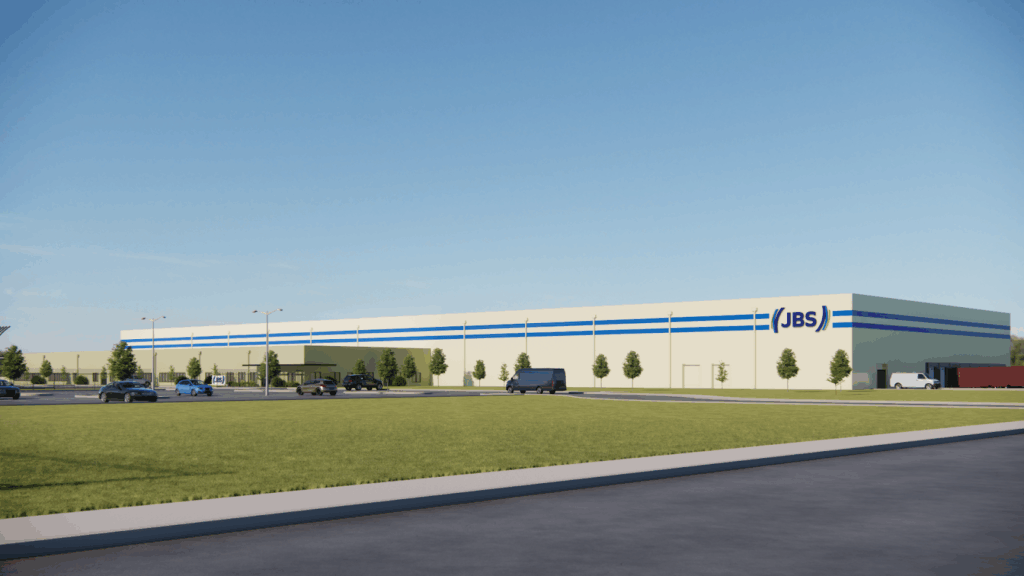Water, water everywhere
This year, we can't get enough rain. But when it floods, Des Moines plans to be prepared

Drought is shrinking rivers this summer, but Des Moines city officials are thinking about the next flood.
On Monday, City Manager Rick Clark and his staff will talk to the City Council about a plan to spend $38 million in state and federal money to speed the flow of floodwaters out of downtown and beyond the U.S. Highway 65 bypass.
The plan involves lifting one bridge, removing an abandoned bridge, widening the Des Moines River channel near that bridge and installing temporary walls as a substitute for raising levees. The city’s share of the cost is estimated at $20 million.
Further downstream, the Iowa Department of Transportation (DOT) plans to begin construction later this year on the first of two bridges on the U.S. Highway 65 bypass in an effort create an additional outlet for a flood-swollen river.
All of that activity is being triggered by a spate of reports and on-the-spot observations after the floods of 2008 defied previous studies and predictions about what the city could expect during high water.
It’s safe to say the city got more than it expected after 25 days of heavy rain resulted in near-record flooding. A swollen river backed up the storm water sewers downtown, forcing businesses out of their basement abodes and pressed primates to higher ground near Great Ape Trust on the southeast side.
The U.S. Army Corps of Engineers reassessed its flood predictions, which had been based on data collected from 1912 to 1994, the Iowa Department of Transportation ordered up new computer models to assess river flows, and climate monitors observed that larger amounts of rain fell in shorter amounts of time.
“The incidence of high-water events is increasing dramatically,” Clark said. “Too much water is entering the river in a short period of time.”
After all the studying and assessing, it was clear that after decades of trying to tame the river, more had to be done.
Clark isn’t inclined to wait for the city to receive marching orders from the Federal Emergency Management Agency (FEMA) to get flood mitigation plans in order. In 2009, FEMA said it would not certify portions of the city within a vast levee system for purposes of federal flood insurance.
The city currently is certified, said City Engineer Jeb Brewer.
Both the city and private landowners have a lot at stake in beefing up flood protection infrastructure. In 2008, floodwaters, with the U.S. Highway 65 bypass acting as a huge dike, caused minor damage to a MidAmerican Energy Co. substation and threatened Great Ape Trust.
The city’s wastewater treatment plant is in that area, as is a large industrial park.
“I don’t think we can wait for the federal process to catch up with this. We can’t wait forever,” Clark said.
The city, working with Stantec Consulting Services Inc. of St. Louis and Iowa-based Stanley Consultants Inc., has devised a plan to increase the flow of floodwater out of downtown and increase something called freeboard, which the amount of cheat space above predicted flood elevations.
Ideally, the city wants to achieve three feet of freeboard. That comes in incremental steps.
Stantec recommended lifting what is called the Red Pedestrian Bridge – the abandoned Des Moines Union Railway bridge south of Court Avenue — by four feet. That will prevent debris from collecting below its deck and creating backwater upstream.
Stantec also considered rebuilding the Locust Street bridge, but discarded that proposal as being too expensive. “(R)emoval of the abandoned Union Pacific Railroad Bridge (and associated channel widening) and raising of the Red Pedestrian Bridge provide relatively high benefits for low costs,” according to the Stantec study.
Brewer said the estimated cost of demolishing the Union Pacific bridge is $1 million, which would be paid by the Union Pacific Railroad.
The cost to lift the Red Pedestrian Bridge is pegged at $3.5 million.
However, the actual cost to raise the bridge is likely to be lower than estimated, Brewer said.
Lifting a bridge seems a complicated process, and it is. However, Brewer said that task is not too daunting.
If the project is approved, contractors will use hydraulic jacks to lift the entire span at one time, rebuild the pier supports under it and set the bridge in place. Stanley Consultants has provided a draft of new, landscaped approaches to the east and west sides of the bridge.
Brewer said the tricky part of the bridge lift will be to keep it from tilting off balance. Hydraulic jacks, utilizing stabilized pressure systems, should keep that from happening.
The city also is proposing a modification to the levee system that is common in Europe but unusual in the United States. That change involves the use of temporary flood walls, called tip walls, which would raise the levee height two to three feet and provide four feet of the all-important freeboard.
Specific plans for the location and method of installing the tip walls has not been determined. They could be attached to the back of existing flood walls, along areas of the Principal Riverwalk or farther upstream near the Armory, for example, then lifted into place using a series of hinges.
The last area of attention as the Des Moines River wanders downstream is the U.S. Highway 65 bypass. Floodwaters crested the roadway in 2008, causing some anguish for highway planners, who believed a bridge at a sharp bend in the river near Vandalia Road provided an adequate channel for floodwaters.
They were wrong.
Using updated data supplied by the U.S. Army Corps of Engineers, which oversees the Des Moines River floodplain in the area as part of its supervision of Red Rock Reservoir, and information about the river channel that was compiled by students at the University of Iowa, the Iowa DOT created a multi-dimensional computer model that would show river volumes and velocities and how they are affected by various landforms.
If the bypass had not been constructed, the floodwaters of 2008 would have flowed along an unrestricted flood plain.
Based on the new computer models, the Iowa DOT plans two 466-foot-long bridges – one for northbound lanes and one for southbound lanes – that it believes will eliminate future flooding problems by allowing floodwater in the flood plain to spread farther south. The state would pick up the $17 million cost of building the bridges.
Scott Dockstader, engineer for the DOT district that includes Greater Des Moines, said construction on the northbound bridge could begin next year, with the southbound bridge planned for 2014.
From Brewer’s perspective, the current flood mitigation efforts are part of a bigger picture that pits man against water.
“Every generation has been doing some kind of flood work,” he said. “If you look at it from a geological standpoint, 200 years of data is nothing. The issue is how quickly it changes.”
Pending City Council approval of the plan, Clark is ready to get started.
“Other cities can’t get past go,” he said. “There is a huge sense of urgency about this.”











